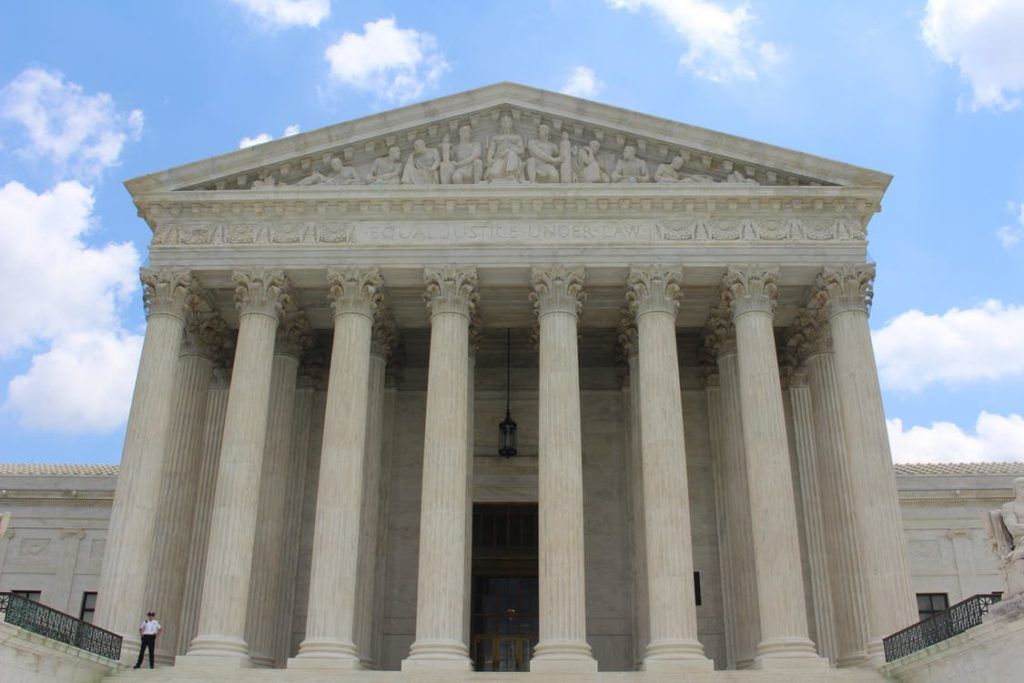Many of my clients ask me about adversary proceedings. This occurs when there is a lawsuit filed within the debtor’s bankruptcy case which cannot be accomplished through the routine bankruptcy case itself. An adversary proceeding can be filed by anyone involved in a bankruptcy — the trustee, a creditor, or the debtor. The ultimate goal of an adversary proceeding is to obtain some form of relief that requires the attention of a judge.
An adversary proceeding starts when the person who is suing (the plaintiff) files a complaint with the bankruptcy court. There are a certain number of days to respond when the defendant is served with the complaint. The defendant must file a written answer before the deadline. If the defendant fails to file an answer on or before the deadline, the court will enter a default, and the plaintiff can obtain a default judgment. When a written answer is supplied, the adversary case will be decided on the merits by trial or dispositive motion.
A common adversary proceeding is when the trustee sets aside a fraudulent transfer of the debtor’s assets or to undo a preferential transfer. An adversary complaint may be filed by a creditor requesting that the court not discharge its debt because it alleges that the debtor incurred the debt fraudulently, either by actual fraud or constructive fraud. In addition if there is enough equity in the property, the trustee can file an adversary complaint if the debtor owns property jointly with someone else. The trustee is attempting to separate the debtor’s interest and sell both interests in the property. Adversary proceedings can also be used in special cases to discharge student loans.
For more information on adversary proceedings contact Tom Orr for a free consultation. As an experienced bankruptcy attorney, I will help you avoid adversary proceedings.

